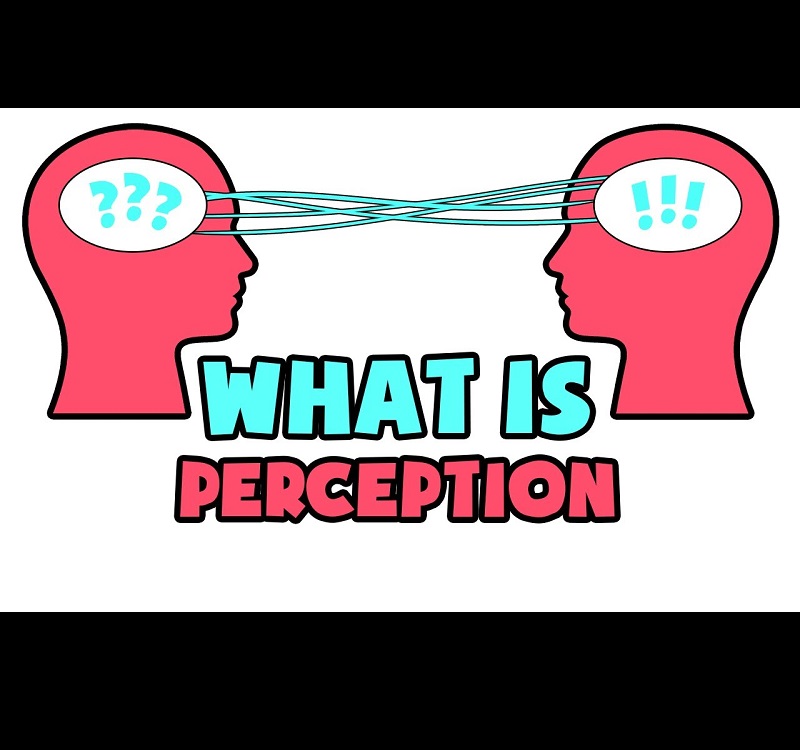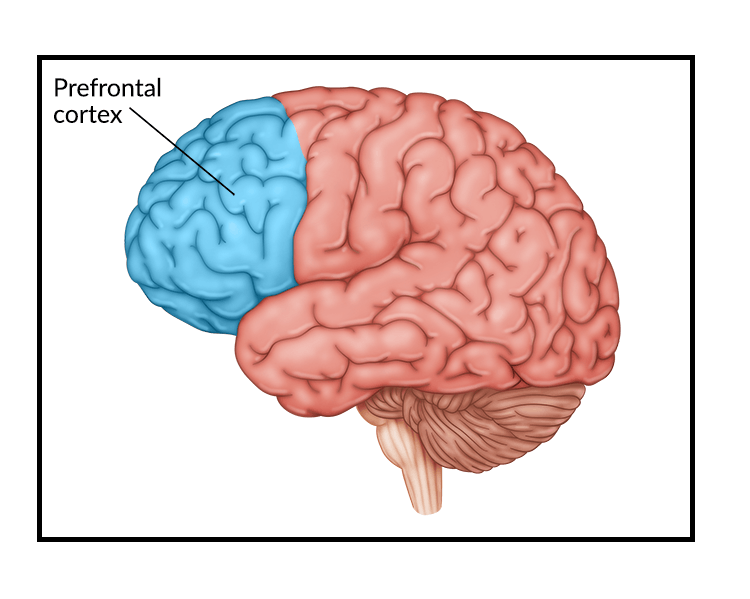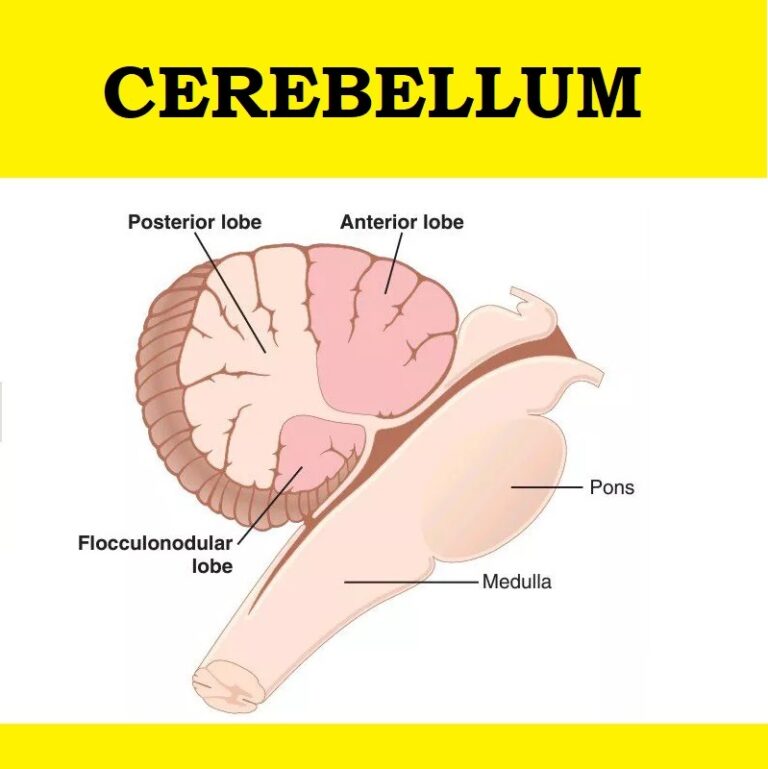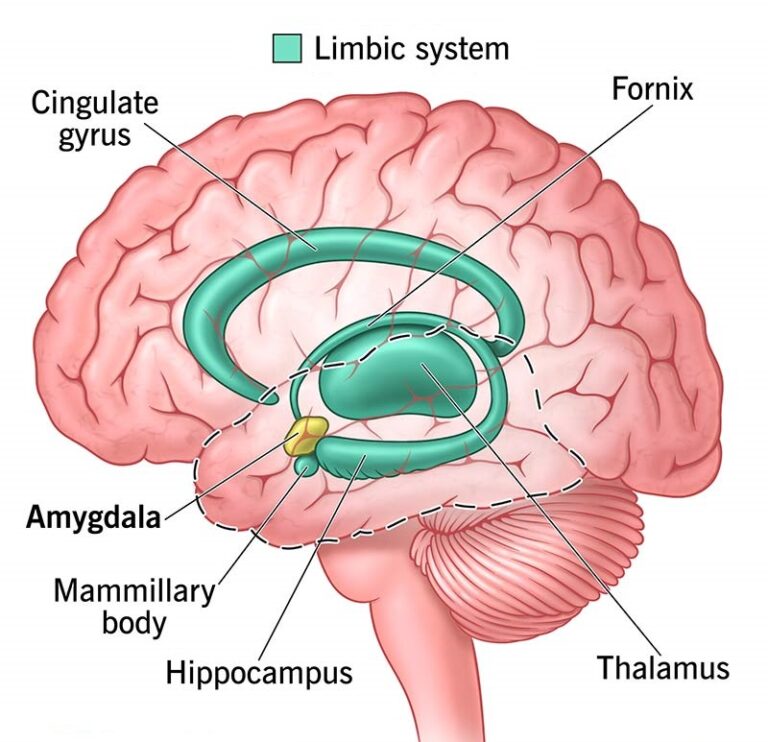
Perception and Its Theories
Perception is the process through which we interpret sensory information from our environment, allowing us to make sense of the world around us. It’s more than just seeing, hearing, or feeling—it’s about how our brain organizes and interprets these signals to form a coherent understanding of reality. Let’s explore perception, its types, major theories, and practical tips to improve how we perceive the world.
What is Perception?
Perception involves five key stages:
- Stimulation: Sensory input from the environment (e.g., light, sound).
- Organization: Grouping and structuring sensory data.
- Interpretation: Assigning meaning to the organized data.
- Memory Association: Comparing new sensory input to previous experiences.
- Action/Response: Reacting based on the perceived information.
While perception seems automatic, it is deeply influenced by factors like past experiences, expectations, emotions, and culture.
Types of Perception
- Visual Perception: How we interpret light and shapes to form images.
- Example: Recognizing a face in a crowd.
- Auditory Perception: How we process sound waves into meaningful information.
- Example: Identifying a friend’s voice over the phone.
- Tactile Perception: How we sense textures, pressure, and temperature through touch.
- Example: Feeling the softness of a blanket.
- Olfactory Perception: How we interpret smells.
- Example: Smelling freshly baked cookies and feeling nostalgic.
- Gustatory Perception: How we process tastes.
- Example: Distinguishing between sweet and bitter flavors.
Theories of Perception
1. Bottom-Up and Top-Down Processing
- Bottom-Up Processing: Perception starts with raw sensory data and builds up to complex interpretations.
- Example: Seeing an unfamiliar shape and figuring out what it is.
- Top-Down Processing: Perception is influenced by prior knowledge and expectations.
- Example: Reading a poorly written word because you know its context.
Takeaway: Our perception is a mix of incoming data and mental shortcuts based on past experiences.
- Example: Reading a poorly written word because you know its context.
2. Gestalt Theory
This theory emphasizes that “the whole is greater than the sum of its parts.” Our brain naturally organizes sensory input into meaningful patterns. Key principles include:
- Figure-Ground: Distinguishing an object (figure) from its background.
- Similarity: Grouping similar elements together.
- Proximity: Grouping elements that are close to each other.
- Closure: Filling in missing information to perceive a complete image.
- Continuity: Seeing elements in continuous lines or patterns.
3. Direct Perception Theory (Gibson, 1966)
This theory argues that all necessary information for perception is available in the environment, and we don’t need past experiences to interpret it. It focuses on affordances, or cues in the environment that suggest potential actions.
- Example: A chair “affords” sitting without requiring prior knowledge of chairs.
4. Constructivist Theory (Gregory, 1970)
Gregory proposed that perception is an active process where the brain constructs reality based on incomplete sensory input and prior knowledge.
- Example: When you see an object partially covered by another, your brain fills in the gaps to identify the hidden object.
Criticism: This theory underestimates the role of direct sensory input in perception.
5. Perceptual Set Theory
This theory suggests that perception is influenced by expectations, emotions, and cultural factors.
- Example: If you expect to see a certain result (like a ghost in a spooky setting), your perception might align with that expectation.
6. Signal Detection Theory
This theory explains how we detect sensory signals under uncertain conditions. It highlights how decision-making plays a role in perception, especially in noisy environments.
- Example: Hearing your name in a loud party due to heightened sensitivity to personally relevant signals.
7. Neurobiological Theories of Perception
These theories explore how different brain regions process sensory data:
- The visual cortex interprets sight.
- The auditory cortex decodes sound.
- Neural pathways integrate sensory information to create multisensory perceptions.
Key Insight: Perception is not isolated to one sense; it’s a collaborative effort by the brain to create a unified experience.
Practical Tips to Enhance Perception
- Mindfulness Practices: Being present helps you notice details you might otherwise miss.
- Challenge Assumptions: Regularly question your biases to improve how you interpret information.
- Train Your Senses: Activities like art observation, listening to music, or tasting diverse foods can refine your sensory perception.
- Enhance Multisensory Integration: Combine senses to deepen understanding (e.g., learning by seeing and doing simultaneously).
- Use Gestalt Principles: Organize your environment (e.g., group related items together) to make visual and cognitive processing easier.
- Sleep and Rest Well: Fatigue impairs sensory processing and interpretation.
- Avoid Overload: Too much sensory input can overwhelm your system. Simplify your surroundings when you need to focus.
Thoughtful Insights: Perception in Daily Life
1. Perception and Relationships
Your perception shapes how you interpret others’ actions. Misinterpreting a friend’s neutral tone as anger can lead to unnecessary conflict.
Tip: Always check your assumptions by asking clarifying questions.
2. Perception in Problem-Solving
Creative problem-solvers often view challenges differently. By shifting perception, they find innovative solutions.
Example: The classic “duck-rabbit” illusion teaches us that changing perspective can reveal new insights.
3. Perception and Marketing
Brands often use colors, designs, and messaging to influence perception. For instance, the color red is often associated with urgency and is used in sale banners.
Tip for Consumers: Be aware of how advertisements manipulate your perception to make informed decisions.
Final Thoughts
Perception is not just about sensing the world—it’s about how you interpret and interact with it. Understanding perception theories helps us see beyond illusions, biases, and surface-level judgments. By refining how we perceive, we can improve relationships, decision-making, and even our sense of self.
Take a moment today to observe something familiar—a painting, a person, or even your surroundings. Challenge yourself to see it in a new way. You might be surprised at what you discover!






